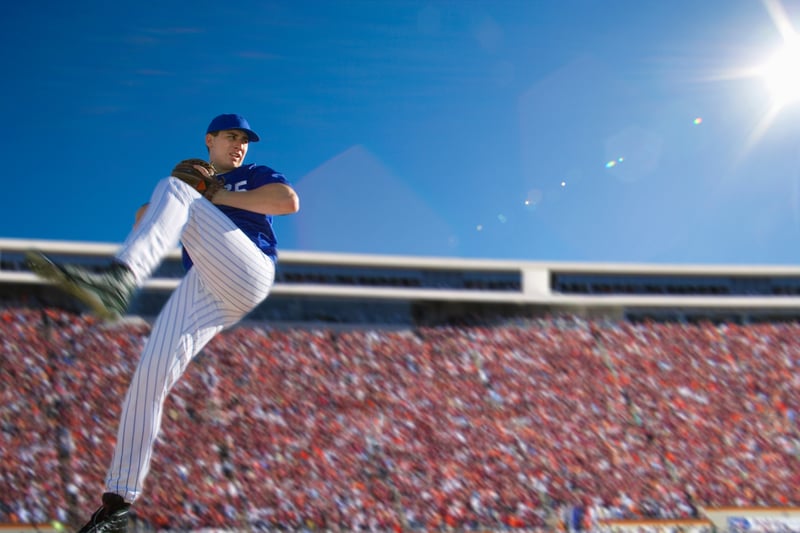
A pitcher we work with (who is now with the Giants organization) came to us during college because of persistent back pain. His initial scan showed a Sparta signature consistent with what we would expect to see given his injury history. The graph on the lower left shows a movement signature that we associate with a lateral athlete. Lateral athletes tend to be very quick, initiating movements well through their ankles, knees and quadriceps (good LOAD) and transferring energy well through their strong core/trunk (good EXPLODE). Where they tend to fall short is finishing movements, which is shown when the t score for DRIVE is considerably lower than the other two variables. In addition, his scan raised a red flag because the t score for DRIVE (49) was more than 15 below the other two variables. This type of imbalance can often lead to injury, and had in his case.
A key component of pitching that is often overlooked is that in addition to needing to generate a lot of force and accelerate through the motion, pitchers also need to be just as good at dealing with all that force they produce and deccelerate the motion. Because this pitcher was lacking DRIVE, he was lacking the ability to deccelerate and finish his motion over his front side. Instead, he was using stiffness – shown by his high LOAD and EXPLODE – to brace at the end of his motion, which was the reason he was putting so much strain on his back. We needed to help him finish his movements better, and to do that he needed a Sparta signature more consistent with elite rotational athletes (baseball players, quarterbacks, volleyball hitters). Rotational athletes need the ability to initiate a movement very forcefully, but then need to have a relaxation phase in the middle before then being able to apply more force to finish the movement. Their movement signatures are often characterized by a “U” shape, where the t scores for LOAD and DRIVE are higher than EXPLODE.
To accomplish our goal we set 3 rounds of a plan emphasizing split squats. The movement emphasizes a deep range of motion, posterior chain muscles and fluid movement. The increased DRIVE from the split squats helped this pitcher control rotation trough his lower body, helping him deccelerate instead of bracing at the end of the pitching motion. Once he showed proficiency with the new movements we increased the intensity by dropping the rest period between sets. This helped increase his endurance and would help ensure that he could maintain the same Sparta signature even when fatigued. His second scan (upper right) shows how his movement signature changed. DRIVE increased dramatically showing his improved ability to finish movements and EXPLODE stayed lower than the other two variables, showing his increased ability to relax during the transition phase of movements. At the same time, we were able to keep the t score for EXPLODE with 15 of the other variables, limiting his injury risk and greatly improving his back pain.